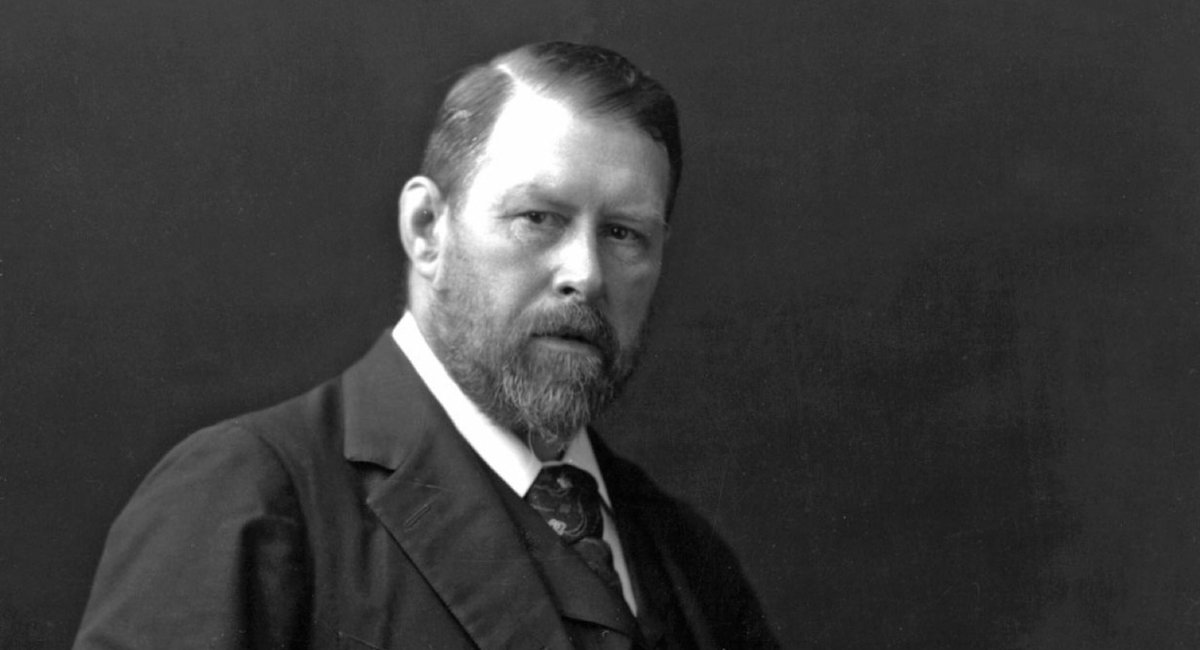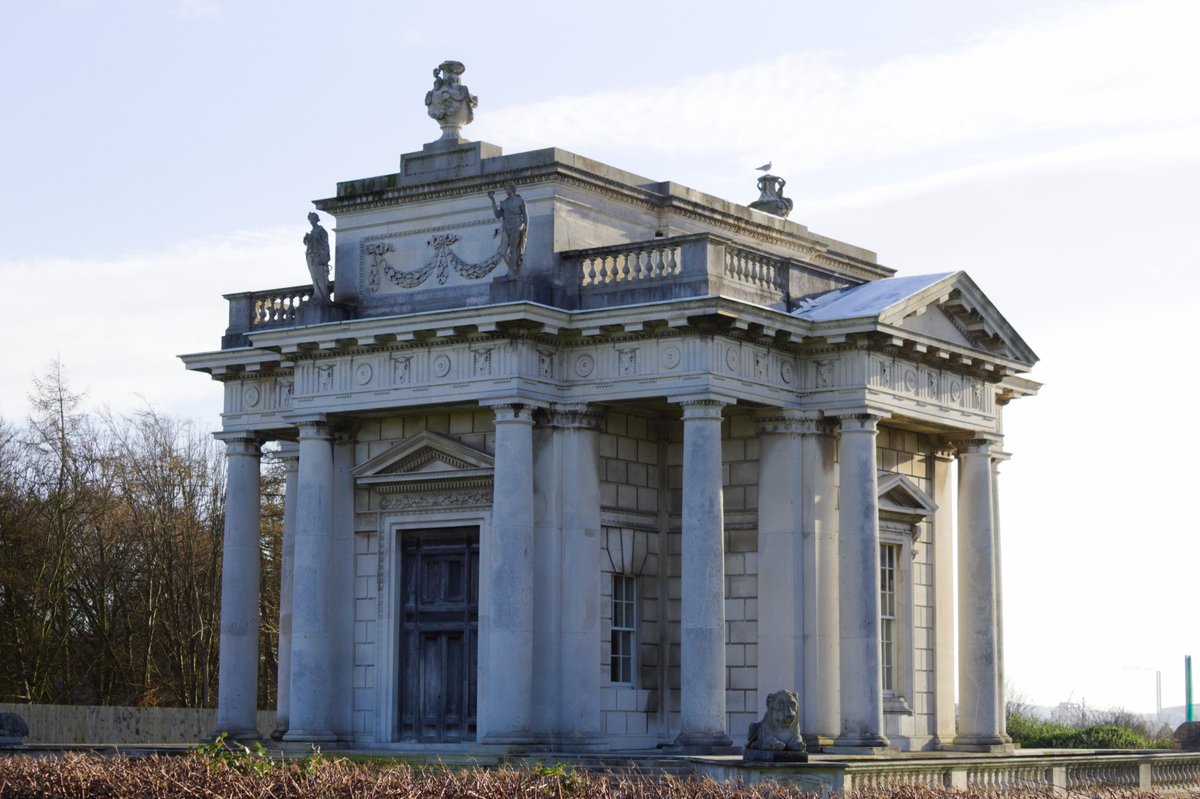
"Suicide Plot", Clonliffe Rd/Ballybough Rd - this unassuming corner, with benches & pleasant greenery, belies it dark history. For in this area in the 18th/19th century, victims of suicide where buried at this spot, in gruesome manner. As suicide was then judged a crime, the...~1 



remains (in most cases) would be buried in unconsecrated ground, fixed via stakes, so their unhappy spirit would not roam the locale. The remains of criminals, highwaymen & Cholera victims are also said to be interred here. Bram Stoker, who lived in the locale..~2 

as a child, heavily drew on these tales for his Dracula novel.
The corner was given a makeover by the Ballybough local residents, who do stellar work in the community.
The corner was given a makeover by the Ballybough local residents, who do stellar work in the community.
https://twitter.com/BallyboughDub/status/1404410395159302147~3
For much more information on this spot, check out:
comeheretome.com/2018/03/19/bal…
eastwallforall.ie/?p=3833
~End
comeheretome.com/2018/03/19/bal…
eastwallforall.ie/?p=3833
~End
#DiscoverDublin @BallyboughDub @OldDublinTown @FMLocalHistory @EastWallRes @DubHistorians @theirishstory @IrishHistoryPod @legacy_irish
• • •
Missing some Tweet in this thread? You can try to
force a refresh








































